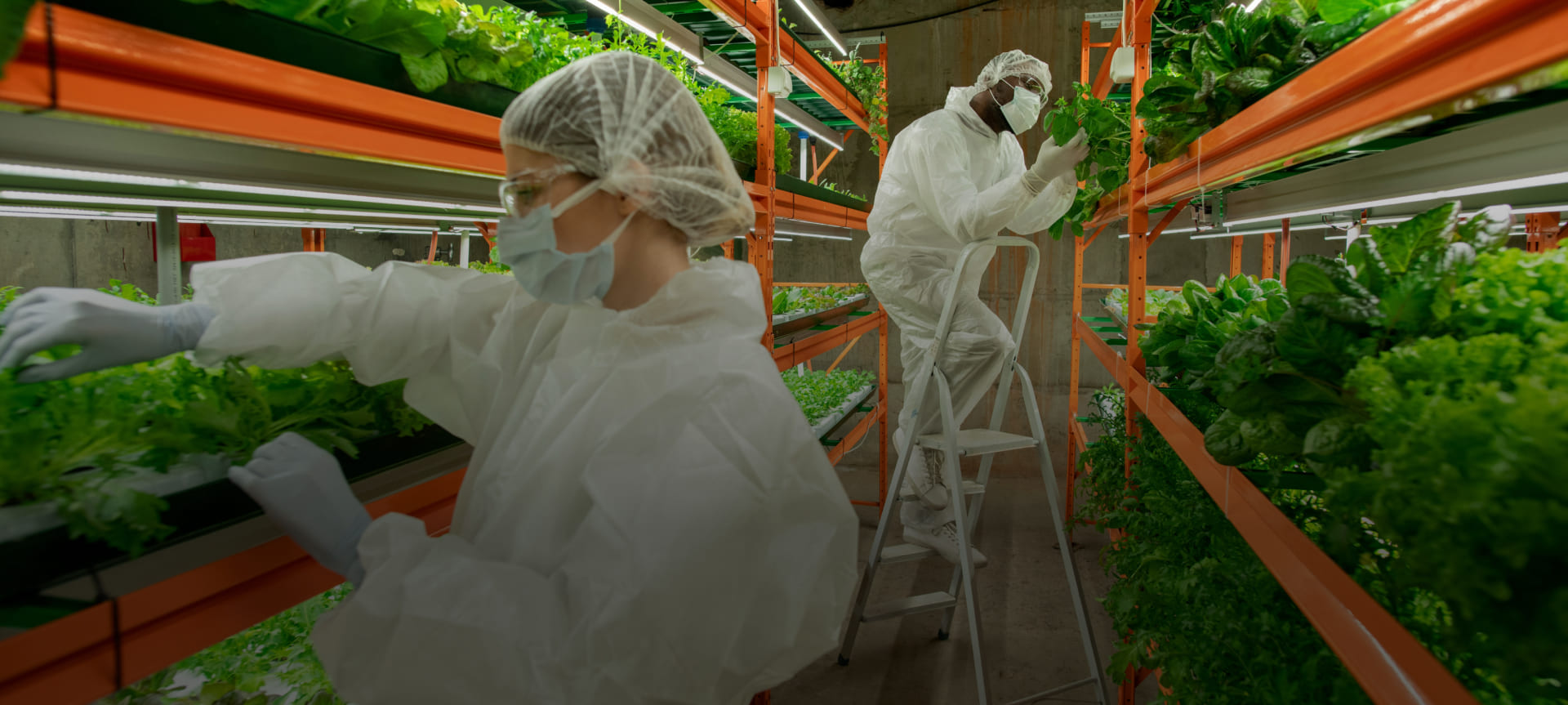Sucking pests
Sucking pests – an overview:
Sucking pests pierce plants with slender, sharp-pointed mouthparts and suck the plant sap. Withdrawal of the sap results in minute white, brown, or red spotting on the leaves, fruits, or stems of the plant. It may also cause curling leaves, deformed fruit, general wilting, browning, and drying of the entire plant. Many of these pests are also resistant to pesticides.
Some of these pests are important virus vectors, transmitting a range of plant virus. Virus-infected plants cannot be cured. However, control measures can be used to prevent or reduce the levels of the disease in crops by removing, or avoiding the sources of virus infection, and minimising spread by these sucking pests.
Examples: Sucking pests include aphids, leafhoppers, thrips, whitefly, flies, bugs, and mites.
How can I manage these pests?
To sustainably manage sucking insect pests and mites, it is important to know how to identify and monitor the pests and also identify the symptoms of the diseases they may carry. In addition, knowledge of management options is needed. Use an Integrated Pest Management (IPM) approach to monitor not just the pests but also the beneficials that are naturally occurring or introduced into the crops. Many growers have found that experienced Integrated Crop Protection (ICP) researchers and consultants have provided valuable guidance and insights to assist them implement IPM on their farms.
The early steps towards ICP include:
- Remove broadleaf weeds and waste piles
- Create buffer areas or corridors of non-host vegetation around your crop sites
- Inspect all incoming plants
- Restrict people and vehicle movement onto your farm and into your crops
- Walk through your crops often to spot outbreaks, check pest numbers, and effectiveness of treatments
However, if these sucking pests are already present in the crops, then an IPM program needs to be implemented, which will use a range of management options and minimise reliance on chemicals. Some basic steps include:
Monitoring
For thrips, use blue or yellow sticky traps to capture adults. For SLW, use yellow traps. For all sucking pests check with a hand lens under the young leaves for adults and nymphs/larvae, and whitefly pupae.
Working with experienced ICP specialists
Discuss the results of your monitoring and inform them of your cropping environment.
Understanding of critical crop stages and pest thresholds that trigger a response action
These vary by pest and crop.
Introduction of predators and parasitoids
Beneficials have shown great potential to manage sucking pests.
IPM tips for managing sucking pests:
Site sanitation
Weeds, infested plants, crop debris must be removed.
Use clean transplants
Don’t introduce pests.
Monitoring
Early detection and population knowledge are a must.
Crop-free periods may work
Avoid overlapping crops
Or kill pests in crop residues before planting again nearby.

